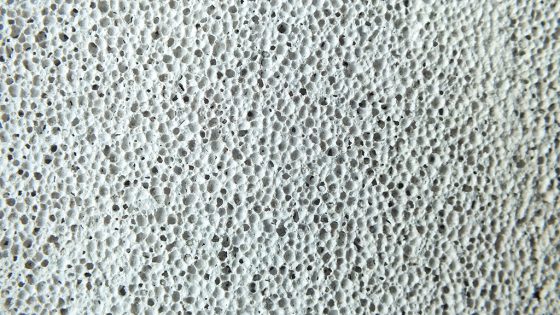The Department for Education (DfE) has awarded consultancy PwC a contract to investigate and analyse integrity threats in schools built after the Second World War.
PwC is expected to present its final findings in early 2026 and receive more than £1m for its work, to be carried out with subcontractors Arcadis, Expedition Engineering and University College London.
A redacted document from the ministry accompanied the contract notice. It showed that tasks under the deal include desk research, fieldwork and recommendations to fill knowledge gaps on “how to mitigate structural risks” in “post-war system builds and construction products”.
The redacted DfE report noted that 28,000 teaching blocks (about 44 per cent of the total school estate) were built between 1941 and 1990.
The research will help the DfE to prioritise funding efficiently and mitigate and “manage one of its top-tier risks of building or building element failure in the education estate”, the report added.
The DfE had previously identified system-built school buildings using Laingspan and Intergrid precast beams and slabs, which are reaching the end of their design life and are scheduled for replacement under the School Rebuilding Programme.
But the new research is intended to “identify and analyse significant structural risks presented by other construction types, component parts or innovative materials used in post-war system builds and construction products still in use today”, according to the redacted report.
Following initial fieldwork, a pilot minor works contract is scheduled to commence in the 2025 Easter school holiday period, with the main fieldwork being completed during the 2025 summer holiday.
The National Audit Office in 2023 warned that the condition of the school estate was “declining” and up to 700,000 pupils were learning in buildings that required major works.
The watchdog’s report also found that more than one third of English school buildings were past their estimated design life.
Meanwhile, minister for early education Stephen Morgan last month told MPs that 237 schools had confirmed cases of reinforced autoclaved aerated concrete (RAAC).
This was slightly higher than the “final list” of 234 schools released by the DfE last February.
In all, 122 schools with RAAC remain in the DfE’s School Rebuilding Programme, Morgan said. He added that each one would take up to five years to remediate.
But the problem material had been removed at just 30 of these schools by 27 November 2024, Morgan said in his response to a written question in Parliament.
Liberal Democrat education spokesperson Munira Wilson said on Monday (6 January): “Thousands of children are studying in dangerous schools or inadequate temporary buildings, with the timeline for repair stretching on for years.
“This generation of young people saw unprecedented disruption to their education under Covid, so that 90 per cent of schools are yet to see action to remove RAAC is deeply concerning.
“This government must act swiftly to end the crumbling schools scandal, and it seems that neither the RAAC removal grants nor the School Rebuilding Programme are delivering with the urgency we need.”
Paul Whiteman, general secretary of the NAHT school leaders’ union, told the Guardian that the PwC probe was urgently needed.
“We have long warned that the school buildings crisis runs far deeper than RAAC,” he said.
“It is important that the DfE is very clear about the total number of schools affected and therefore vital that this work is completed as quickly as possible and that investigations are quickly scaled up based on the findings.”
The Guardian report quoted a DfE spokesperson as saying: “Raising school standards is at the heart of our mission to improve children’s life chances, and high-quality and sustainable buildings are a key part of that.
“That’s why we are increasing investment next year to £2.1bn to improve the condition of school buildings and have committed to continuing the current School Rebuilding Programme.
“We are assessing the condition of the education estate through our Condition Data Collection programme and have commissioned further research to better understand future issues that could present themselves as the school and college estate ages, focusing on post-war construction.”

